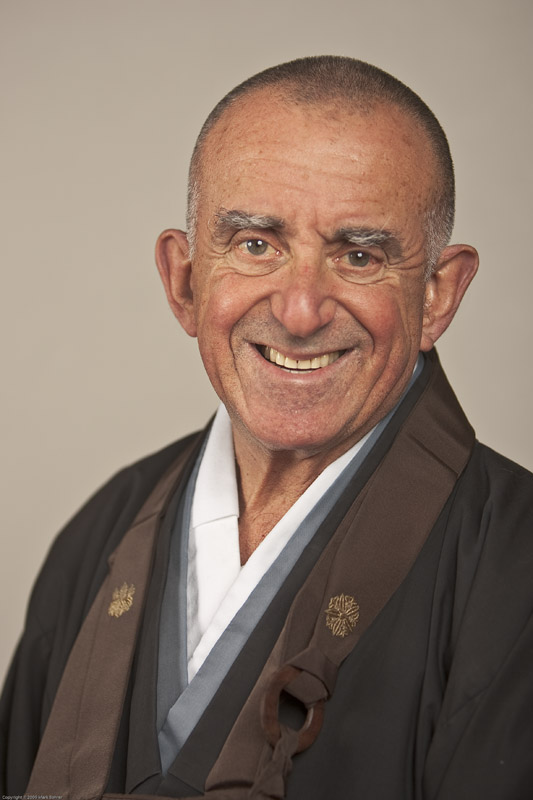|
Gimmicky Light and Strange Angles = Photographer’s Story A recent post on photography site 500px.com touted color techniques for striking portraits. The opening shot showed a woman photographed close with a wideangle lens, bathed in green light. The article was aimed at commercial and art photographers, but it still rubbed me the wrong way. Aside from sickly green flesh tones, the suggested techniques showed off the photographer’s choices of unnatural colors, unflattering shadows, too-big body parts, intentionally hidden faces and arty angles that say next to nothing about the subject. From Vermeer to Adams to Leibovitz, portraits have always said something about or made the viewer think about the subject. Tell Your Subject’s Story I stay away from gimmicky lighting and color to tell a story with portraits of animals or humans.  Hungry Young Bison The young bison was intent on licking his mouth and looking for more browse, ignoring me. I chose early morning light and had an overcast day for diffused fill. Yes, I cut off his back legs, but your viewer’s mind will fill those in, and his face and eye seemed much more important. He had such an innocent look, and I wanted to capture that.  Bison, Antelope Island, Great Salt Lake, Utah In the tight portrait, the bison concentrated on grazing, all about the food. His horn orients the viewer in an abstract composition, and the dedicated viewer will find his eye, right where you expect it.  Bison grazing, Antelope Island, Great Salt Lake, Utah Capture The Behavior The young porcupine and grizzly both looked unexpectedly friendly, while the grey wolf was vigilant, never taking his eyes from me.  Porcupine (captive), Northwest Trek Wild Animal Park, Eatonville, Washington  Grizzly, Jasper National Park, Alberta  Grey Wolf (captive), Northwest Trek Wild Animal Park, Eatonville, Washington Food Motivator = Good Portrait The robin and swallowtail just wanted their food, and didn’t care that I was there. The robin was lit well by overcast sun with natural fill from the yellowed grass and leaves in front. I chose backlighting for the swallowtail, and reflective front fill from sandy soil and gravel.  Robin and berries, Shoreline at Mountain View, California  Western Tiger Swallowtail and thistle, Albuquerque, New Mexico There’s just enough environment in all of these to show something about each subject’s home, a big part of the story. The only adjustments were mild cropping, contrast, white balance, and removal of grass around the grizzly. Make Natural Choices To Tell A Story You don’t have to go to lighting, posing, and color extremes for a strong photograph that communicates something natural about your subject. I chose my light and angles accordingly. It’s all about what you choose in and outside a studio. I believe in watching a subject and capturing their story, or some aspect they choose to reveal. It’s up to the photographer to watch and communicate. Practice With Humans Your human portraits will help you with wildlife. Here’s a human portrait lit with main and fill against a black background. The sun’s directional light and bright, reflective surfaces can give you similar lighting for wildlife, especially when clouds become a giant sun diffuser on an overcast day.  I waited to capture Dr. McBride’s natural joy in her profession – that story spoke to me. I was asked to shoot this portrait of Les Kaye at Kannon Do Zen Center –  Again, I waited for Les to express his joy in the moment. I used three lights here, nothing special. Both these portraits say something about their subjects without relying on gimmicky effects or weird lighting. It’s about being in the right place and time, and capturing the story that speaks to you – the one your subject chooses to share. Shot Notes I used 500mm on an EOS 1D mk II for the bison. More lens would have been too much at 30-40 feet. I was probably too close as it was, but it was December – as far away from bison rut time as you can get, when males are fighting over females. The bison were also very intent on eating, and not acting aggressively. But I wouldn’t try getting that close until you’ve had lots of practice at reading wildlife, or you’re with an experienced guide. For the porcupine, wolf and robin, I used 700mm on an original EOS 1D camera to close the distance. With the griz, I used 400mm on an EOS 5D mk II camera, and ended up too close, just across a two-lane highway. I had a manual-focus Canon FD 100-300mm f/5.6L adapted to a Fuji X-E2 for the swallowtail. I recognized translucent backlighting through the swallowtail’s wings, and decided on an angle and composition before I even raised the camera to my eye. The shorter lens kept me farther away to avoid spooking the swallowtail, so I cropped close in Lightroom afterwards. Having lots of camera pixels helped for the crop – I had enough resolution to do it. Maintain The Subject’s Integrity I tweaked contrast and saturation slightly, and removed distracting grass from the griz picture. I always keep the subject’s integrity intact: I added nothing that wasn’t there to begin with, and only removed small bits of distracting grass. The look and behavior remained unaltered. DISCLAIMER – This post is for your amusement only. Nothing in it should be construed as a guide to conduct around unpredictable wildlife. They are wild, after all. If you are unsure of your approach, stay away. |
 |
(408) 483-3782
Curious about how to shoot ruins?(408) 483-3782

Recent Comments